
Colombian indigenous people from the Quechua ethnic group participate
GUAMBIANOS. Seated in Cauca for the most part, this tribe believes in marriage, in which man can choose his partner unconditionally. Its mother tongue is Guambiano and its cosmogony is based on the dual system, male - female, white - black, hot or cold etc. Its economy is based on the cultivation of corn, onion, potato among others and.

PRINCIPALES TRIBUS INDIGENAS QUE AUN SOBREVIVEN EN COLOMBIA ole colombia
In Colombia, both Indigenous Peoples and traditional black, Raizal and Palenquero communities are recognised as ethnically, historically and culturally differentiated groups, with human and territorial rights of a collective nature. According to the 2018 Census, the Colombian Indigenous population numbers some 1,905,617.
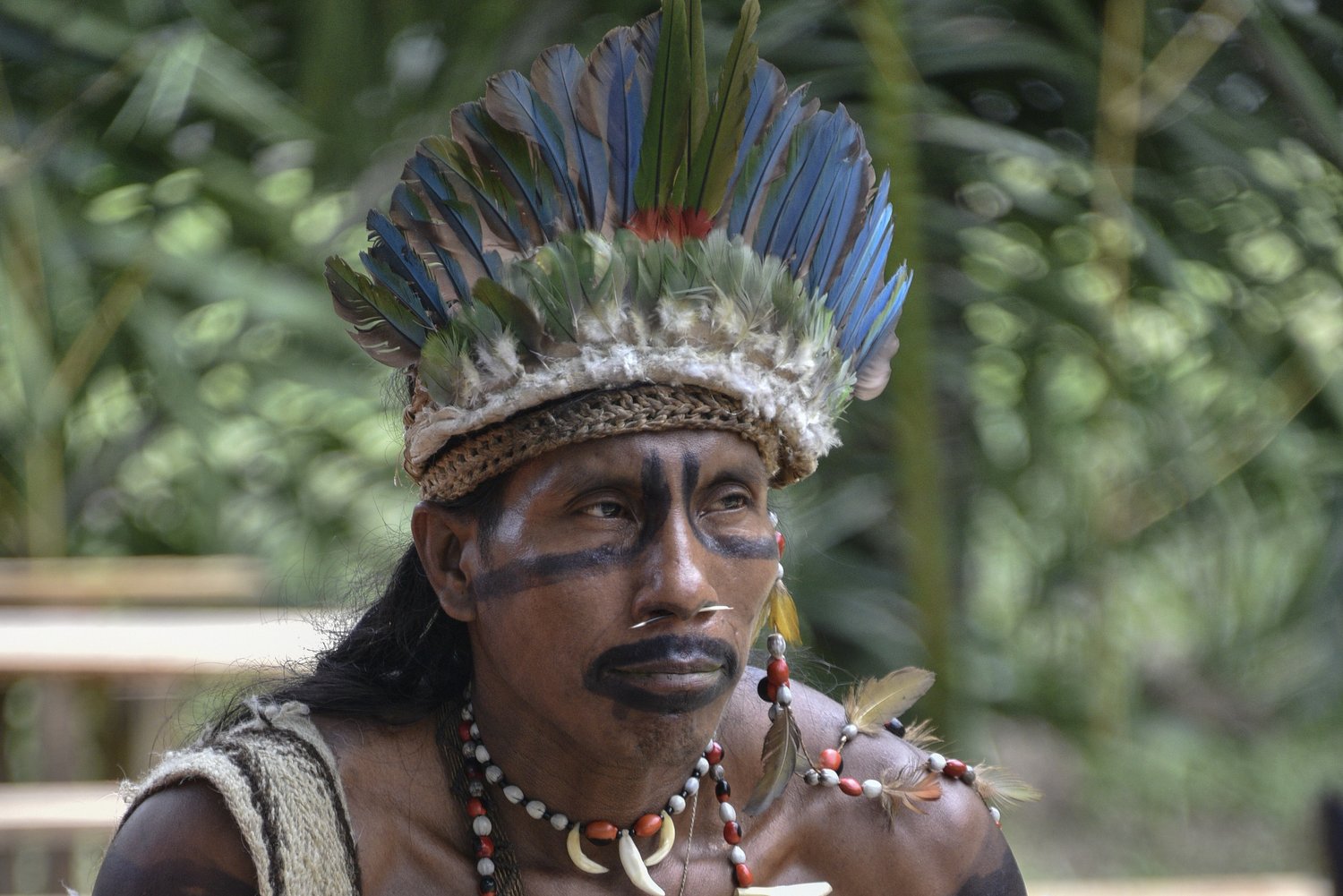
The indigenous population in Amazonia — BohLand Travel Blog I
The Guambiano - or Misak - are an indigenous people who live in the southern department of Cauca, mostly around the small mountain village of Silvia. This village is the site of a weekly market - always on a Tuesday - when Guambiano people from the surrounding mountains come down to the village to buy and sell goods.

MAIN INDIGENOUS TRIBES THAT STILL SURVIVE IN COLOMBIA ole colombia
In Colombia's southern Amazon region, where dozens of indigenous tribes live in self-governing and autonomous reserves that overlap with national parks, the threat to the rainforest has grown.
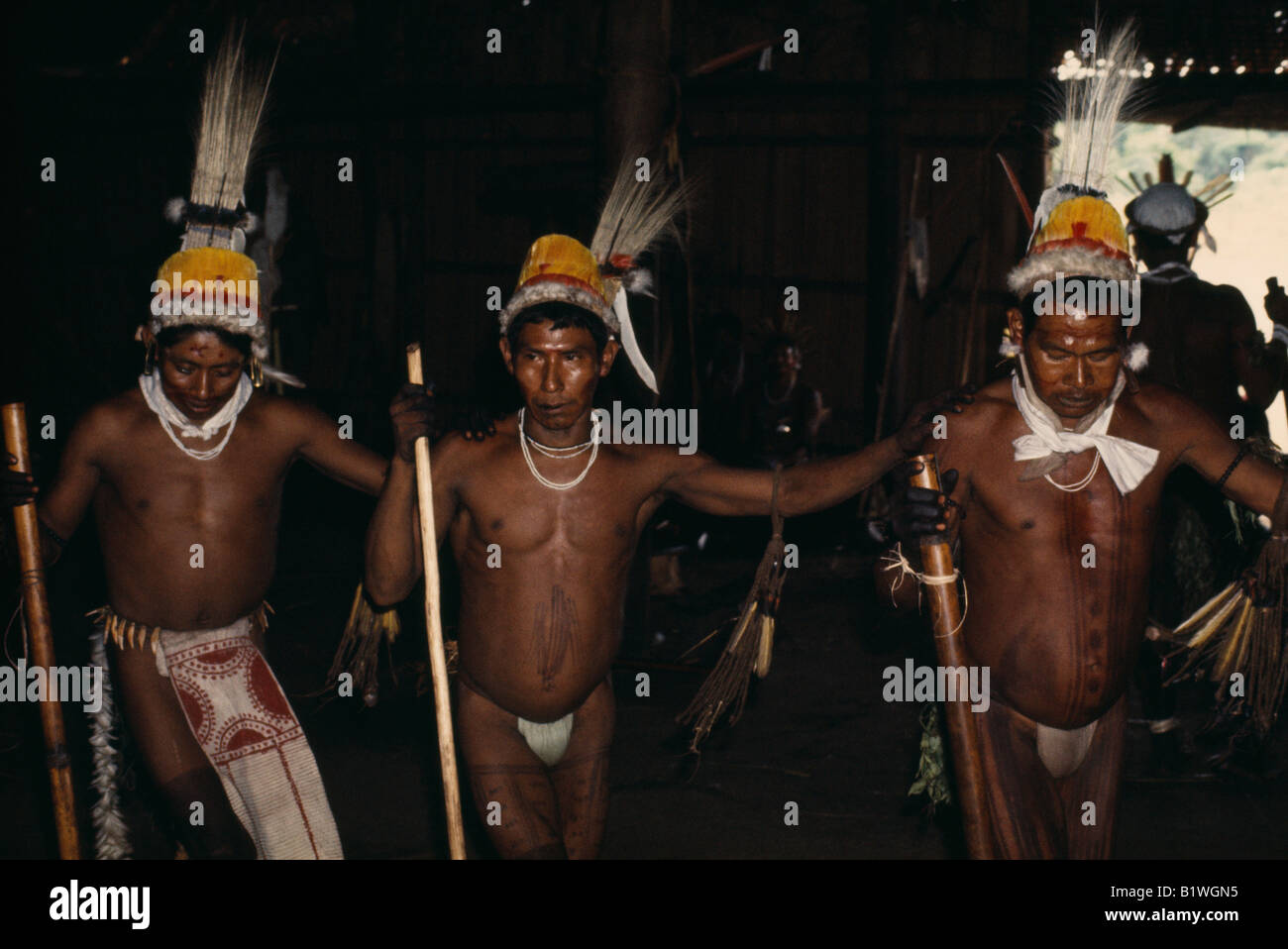
COLOMBIA North West Amazon Tukano Indigenous People Stock Photo Alamy
Very little is given to the various indigenous cultures who were there before the Spanish ever arrived, despite the fact that there are around 1.5 million indigenous people, from over 87 tribes, that make up about 3.5% of the total population.

COLOMBIA Darien Kuna Indigenous Tribe Stock Photo Alamy
Indigenous Peoples in Colombia. There are nearly 1.4 million Indigenous people living in Colombia, making up around 3.4 per cent of the country's population. (Census, 2005). Colombia's Indigenous population is divided into 85 distinct Indigenous groups (Census, 2005). The National Indigenous Organization of Colombia (ONIC) puts the number.

Explore the Lifestyle of the Kogi People of Tayona National Park
Indigenous Peoples in Colombia According to the 2018 Census, the Colombian Indigenous population numbers some 1,905,617 individuals who, in turn, belong to 115 different native peoples. Approximately 58.3% of this population lives in 717 collectively-owned resguardos (reserves).
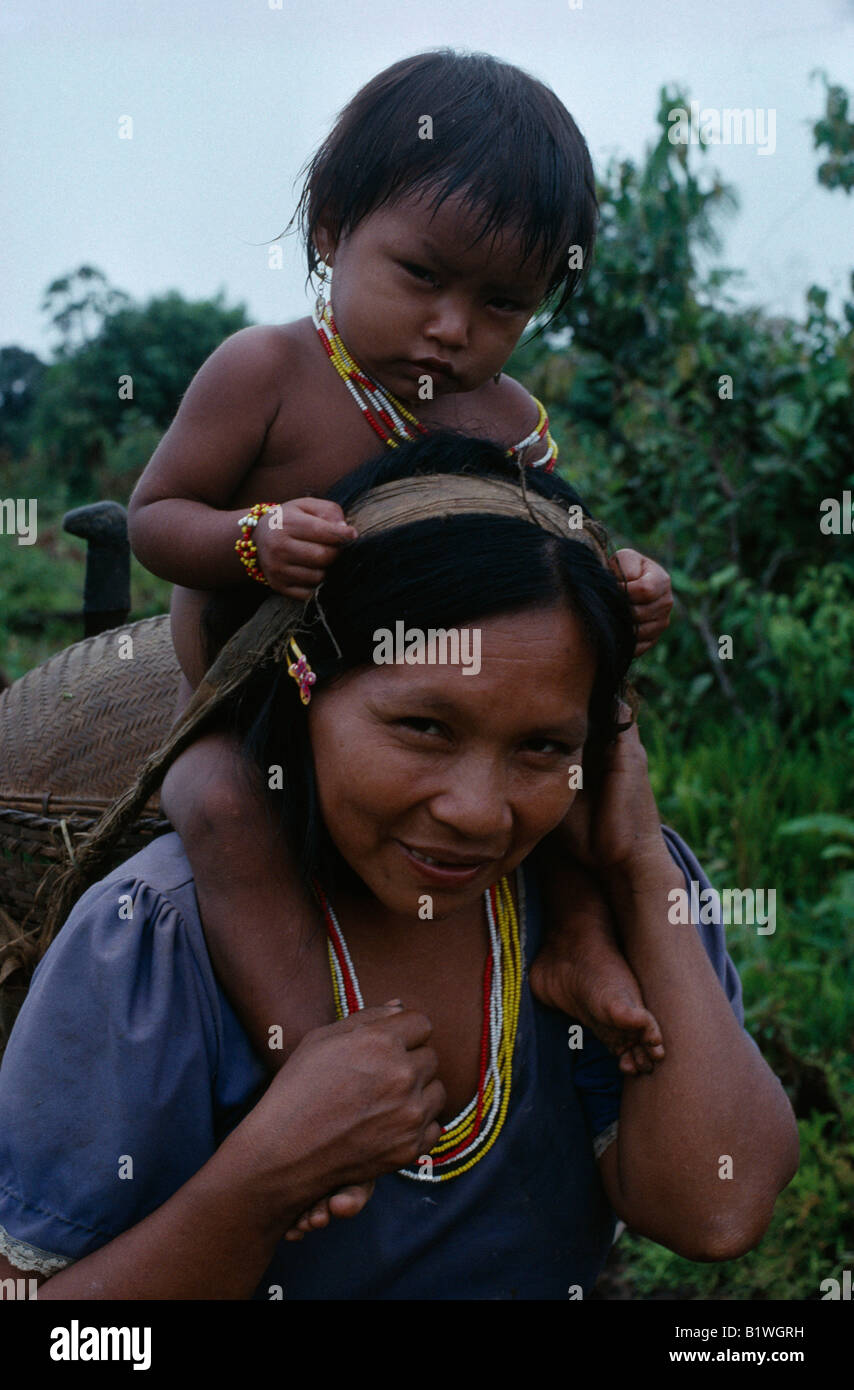
COLOMBIA North West Amazon Tukano Indigenous People Stock Photo Alamy
1- Arhuacos The Arhuacos, also known as ika or iku, are an indigenous people of chibcha speech and descendants of the culture Tairona . They are located in the northern portion of Colombian territory, in the foothills of the Sierra Nevada de Santa Marta in the departments of Magdalena and Cesar.
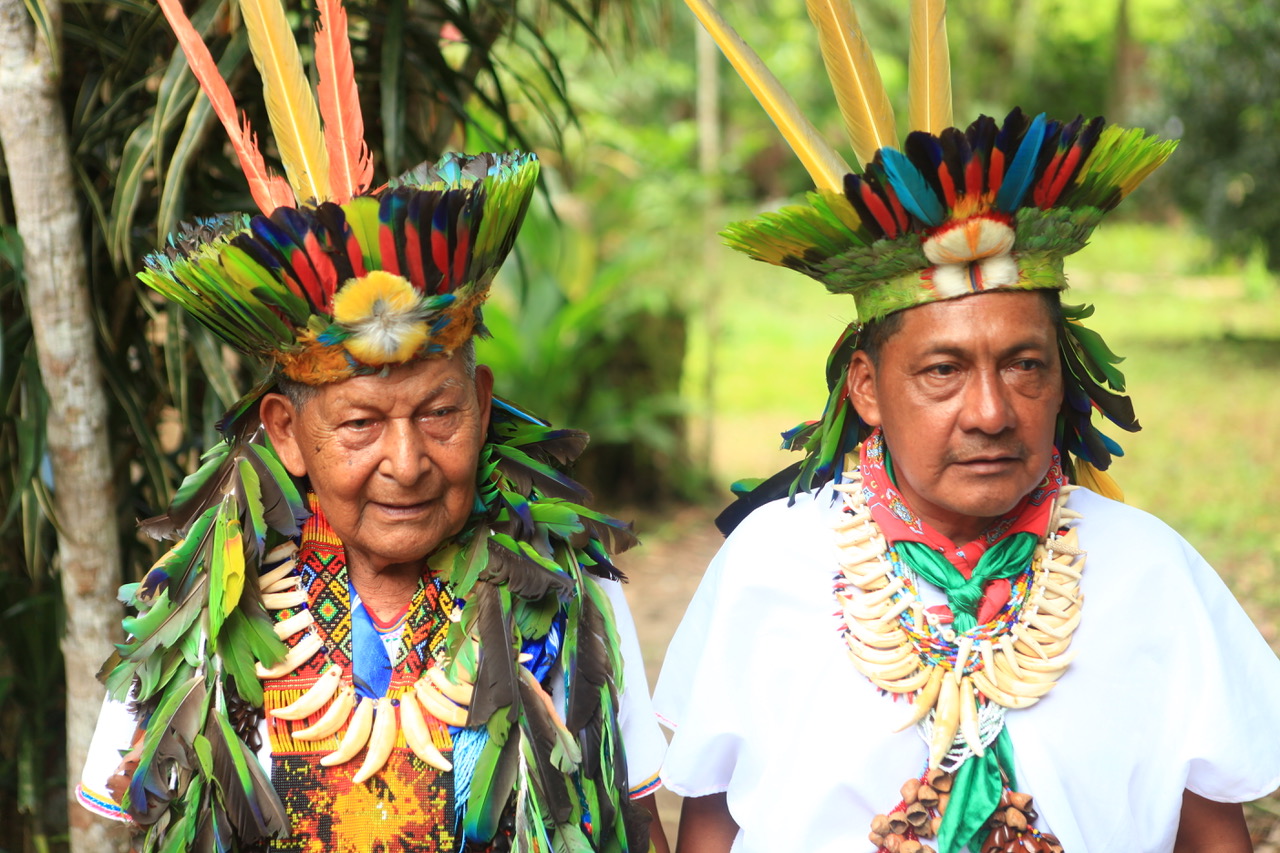
Indigenous Colombians mount a spiritual defense of the Amazon
The Wayuu tribe is one of the largest indigenous groups in Colombia and is located in the northern part of the country. Their traditional homeland is the Guajira Peninsula, which is shared by Colombia and Venezuela. The Wayuu people are known for their vibrant culture, colorful clothing, and unique language. Wayuu Way of Life
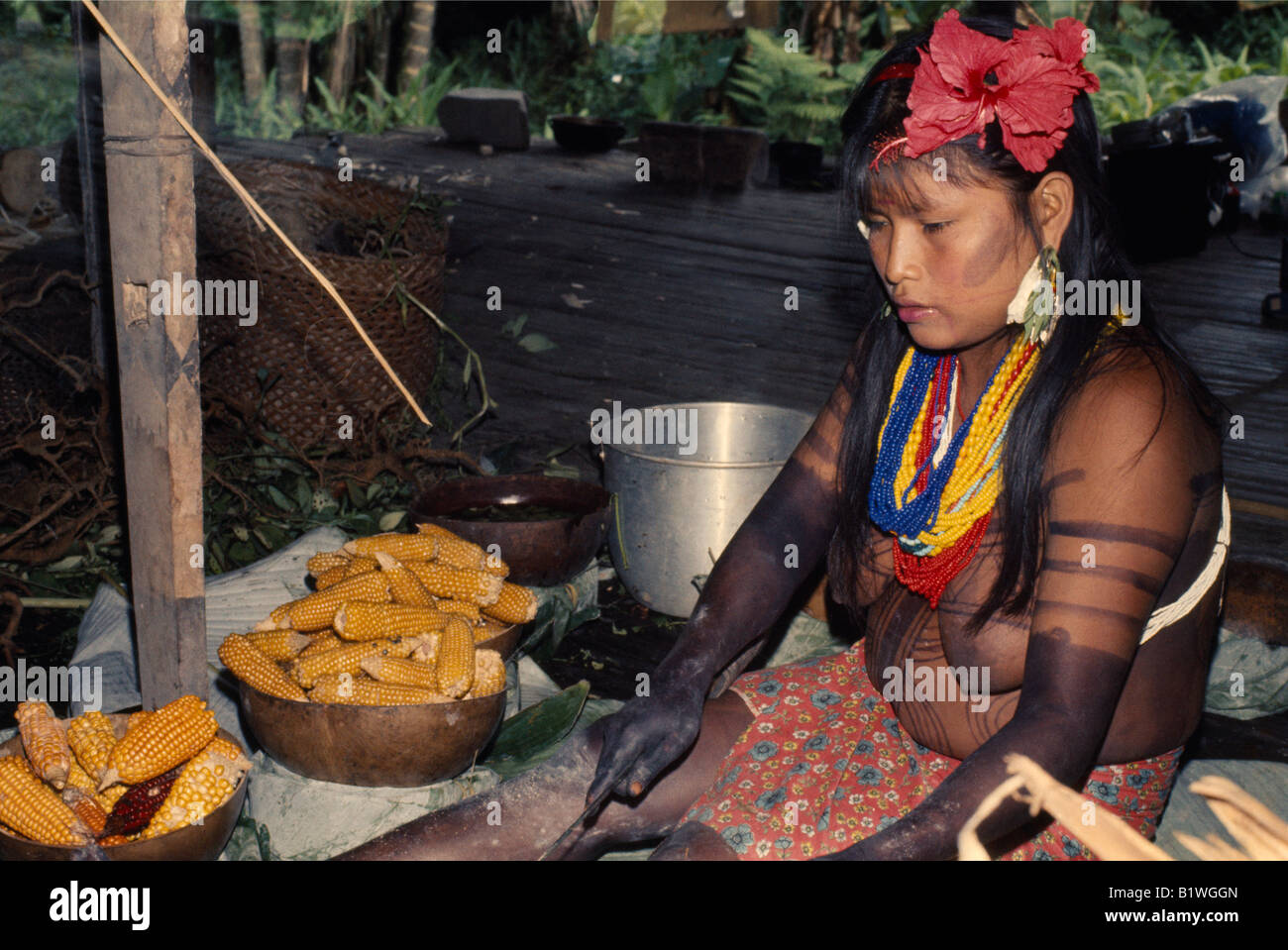
COLOMBIA Choco Embera Indigenous People Stock Photo 18386837 Alamy
An indigenous territory ( Spanish: territorio indigena) in Colombia is an area of land reserved for use of the indigenous peoples of Colombia. Almost one third of the country is covered by these territories, although the indigenous people account for just over 3% of the population. Legal situation

The Wiwa An Indigenous Tribe in the Colombian Mountains YouTube
Colombia is a country of diversity and contrast, not only in its landscapes and ecosystems, but also in its cultures and peoples. According to the last census, there are 102 indigenous groups in Colombia, representing 4.4% of the country's population and belonging to 115 different tribes.

Colombian indigenous women of the Tikuna ethnic group pose for a
The Wayuu speak Wayuunaiki and are among the biggest indigenous groups in Colombia. Because they never encountered Spanish settlers, Wayuu culture remains largely intact. One of the most significant aspects of the Wayuu is the art of weaving colorful Wayuu Mochila bags.

Kogi Kogui People Colombia Photos Editorial
Tucanos/ Tukanos Originating from Brasil, the Tucanos are another tribe living in Colombia's Amazon region. They are one of the indigenous people you can actually visit when coming to El Guaviare. The Tukanos are usually multilingual, speaking up to four different languages.
Colombian shaman, , amazon, makuna Stock Photo
The Tikuna, Cocama and Yagua peoples of Puerto Nariño use handmade arrows, hooks and spurs to practice artisanal fishing in local rivers while also growing cassava, pineapple, corn, rice and chestnuts on communal land, according to a report from the U.N.'s Food and Agriculture Organization (FAO).
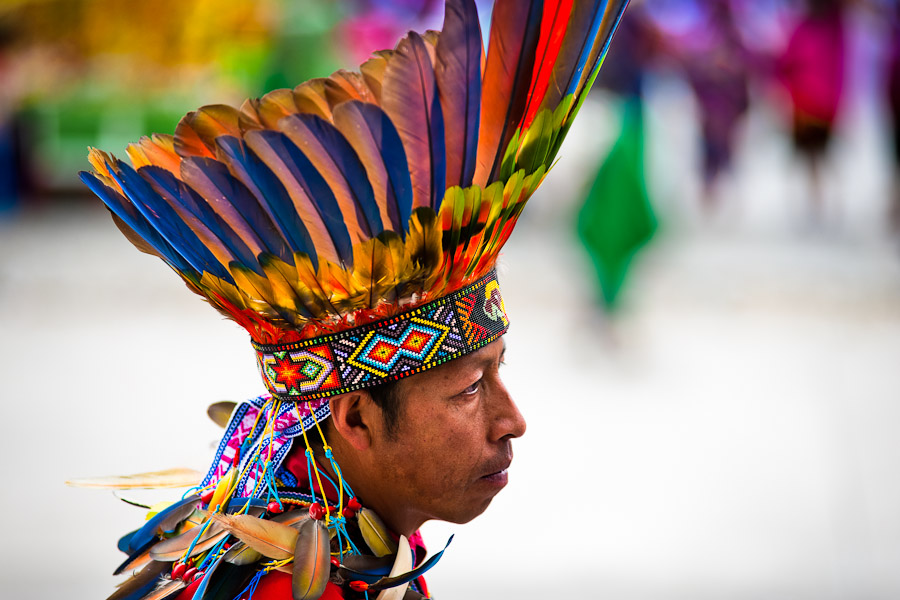
Carnival of (Sibundoy, Colombia)
According to the National Indigenous Organization of Colombia (ONIC), there are 102 Indigenous groups in Colombia. The ethnic groups with the greatest number of members are the Wayuu (380,460), Zenú, (307,091), Nasa (243,176) and Pastos (163,873). These peoples account for 58.1% of Colombia's Indigenous population.

How to Experience Colombia's Indigenous Groups kimkim
Four boys and twenty-two years of marriage later, the Larzabals are charged with mobilizing Colombian churches to take the Gospel to every indigenous tribe. "Our problem is that the average Colombian Christian has the perception that missions belongs to somebody else," Fernando says. "But missions belongs to the local church.